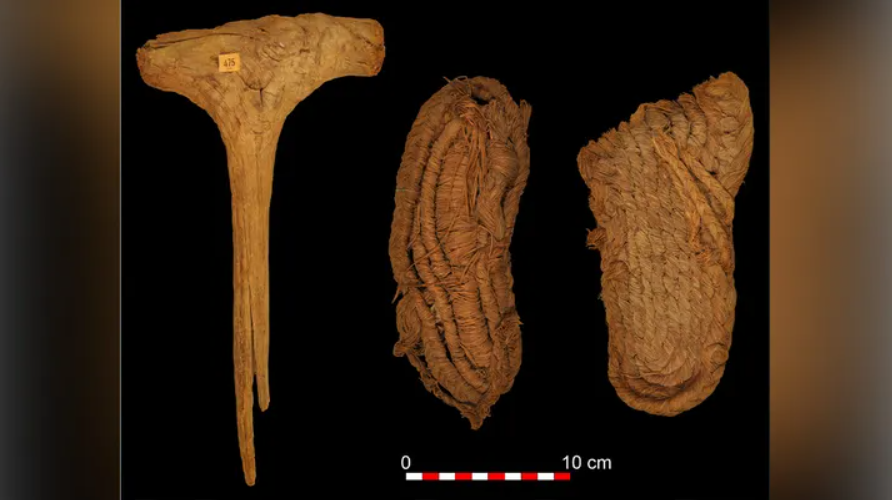In a recent study, scientists have identified Europe’s oldest shoes, believed to be approximately 6,000 years old, as woven grass sandals. These artifacts were part of a collection of ancient items found in a Spanish bat cave, which had been looted by miners in the 19th century and later subjected to analysis.
Researchers from the Universidad de Alcalá and the Universitat Autònoma de Barcelona found the first direct evidence of basketry among hunter-gatherer societies and early farmers in Southern Europe. These discoveries, including baskets, sandals, and organic tools, were made in the Cueva de los Murciélagos de Albuñol in Granada, Spain. Through material analysis and technology, the researchers dated these items to the early and middle Holocene period, spanning from 9,500 to 6,200 years ago.
Francisco Martínez Sevilla, a researcher in Prehistory Department of the University of Alcalá, said in a statement that the discovered objects “makes us question the simplistic assumptions” about prehistoric communities.
“The quality and technological complexity of the basketry makes us question the simplistic assumptions we have about human communities prior to the arrival of agriculture in Southern Europe,” Sevilla added.
The analyzed sandals, which incorporate various grasses along with leather and lime, date back to the Neolithic period. Notably, they are older than the 5,500-year-old leather shoes found in an Armenian cave in 2008.
The cave in question was initially explored in 1831 by a landowner who gathered bat guano for fertilizer. Later, miners used the cave and stumbled upon a gallery containing partially mummified corpses, baskets, wooden tools, wild boar teeth, and a distinctive gold diadem, all discovered less than two decades after the initial exploration.
(Source: Mattea Bubalo | BBC | Bhavya Sukheja | NDTV)









